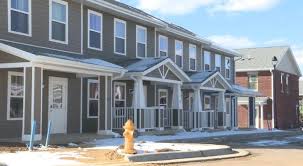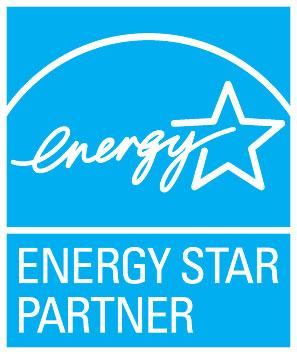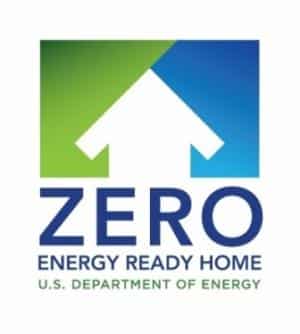
What is the Low Income Housing Tax Credit (LIHTC).
As part of the Tax Reform Act of 1986, the United States Congress created the Low-Income Housing Tax Credit (LIHTC) Program to promote the development of affordable rental housing for low-income individuals and families. To date, it has been the most successful rental housing production program in the nation, creating thousands of residences with very affordable rents. The LIHTC program allows the creation of marketable tax credits which can be sold/traded; the revenues from the sale of these tax credits allow for lower debt service, thereby decreasing the operating costs and making way for more affordable rents.
The LIHTC is the most important resource for creating affordable housing in the United States today. The LIHTC database, created by HUD and available to the public since 1997, contains information on 45,905 projects and 2.97 million housing units placed in service between 1987 and 2015.
the LIHTC programs are run locally with each State administering it’s own program. For example, the Illinois Housing Development Authority (IHDA) board of directors reserved $12.7 million in federal low-income housing tax credits (LIHTCs) to help finance 12 affordable housing developments within eight counties across the state in 2016.
Priority Energy Provides Energy Ratings and Inspections Required under the Low Income Housing Tax Credit (LIHTC).
With increased focus on energy efficient building practices. Many states have implemented energy efficiency requirements into their low-income housing funding programs (LIHTC, CDBG, HUD); many of the states like Illinois require Energy Star certification on projects applying for LIHTC.
Priority Energy is a HERs provider and has been a leading advocate for Energy Star certified homes for years. We can help you certify your homes; we won’t only certifiy your homes, we’ll work with you and your team from the planning stages to help you easily meet the program requirements. Priority Energy can help with:
Energy Modeling to prove Compliance and is required for certification
HVAC Sizing which is required by most Energy Codes and Energy Star
Required Inspections (air sealing and insulation)
And much more.














